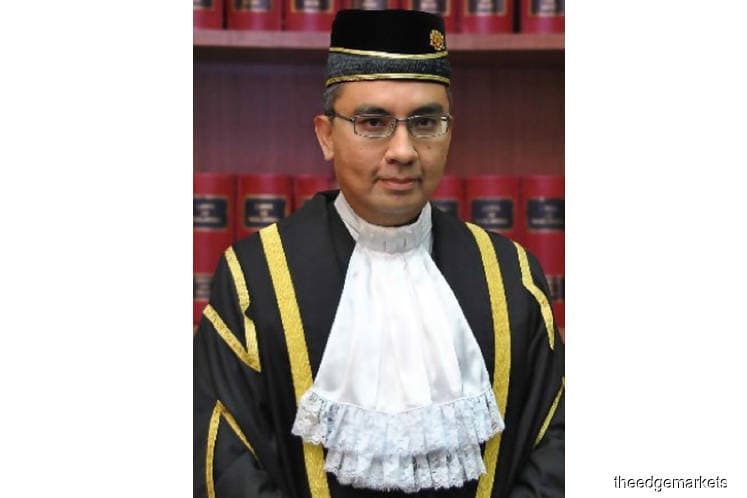
This article first appeared in The Edge Malaysia Weekly on November 18, 2019 - November 24, 2019
KUALA Lumpur High Court judge Mohd Nazlan Mohd Ghazali ruled last week that the prosecution had established the elements needed to prove criminal breach of trust (CBT) against former prime minister Datuk Seri Najib Razak in relation to RM42 million belonging to SRC International Sdn Bhd.
In order for the prosecution to press the three CBT charges against Najib under Section 409 of the Penal Code, he said three elements must be demonstrated, namely the agency capacity of Najib, who in such capacity and entrusted with funds belonging to SRC, committed CBT, thereby establishing dishonesty and misappropriation.
For the first element, Nazlan said Section 402A of the Penal Code provides a formulation of a wide-ranging definition of agent.
“Careful reading of this lengthy definition of agent does not, in my view, justify the interpretation described by the defence, which places a number of limits on who could qualify as an agent under Section 402A,” he said.
“It is very clear that Najib could, in essence and substance, be construed as a shadow director of SRC or as a director as defined in Section 402A.
“The nexus between the shareholder’s resolution of Minister of Finance Inc executed by the accused and the decision of the directors of SRC is unmistakable.”
On the second element, the judge noted that Najib, as finance minister, was named in SRC’s articles of association as the only person empowered to appoint or dismiss any member of the board and was authorised to amend the articles of the company.
Moreover, the addition of Article 117 to SRC’s articles of association required the company’s directors to seek his advice as adviser emeritus for all material matters concerning the company.
“The law would then consider the accused has been entrusted with full dominion over SRC, including its property, even of its establishment,” Nazlan stressed.
On the element of dishonesty and misappropriation, Nazlan pointed to the first evidence of dishonesty in the transfer of funds through the bank accounts of Gandingan Mentari Sdn Bhd and Ihsan Perdana Sdn Bhd when there was no reason for these two intermediaries as transit accounts other than to provide a “layering mechanism” and to avoid detection of funds being transferred to Najib’s accounts.
“Not to mention the fact that evidence further demonstrates that the same account was equally utilised by the accused for various purposes,” he added.
He also noted that Ihsan Perdana managing director Datuk Dr Shamsul Anwar Sulaiman and Yayasan Rakyat 1Malaysia CEO Ung Su Ling had met Najib to explain the transfer of money from Ihsan Perdana to the latter’s account. “Despite expressing apparent shock and anger, the accused did not asked either PW37 (Shamsul) or PW49 (Ung) to lodge any police report. Neither did the accused lodged one or made any enquiry to ascertain the truth or to rectify any errors,” he said, adding that witness testimony showed that Najib also never enquired or complained about numerous or large transactions in and out of his three personal accounts.
Nazlan also said the defence’s argument that Najib initially believed the source of funds in his accounts to be a donation from a member of an Arab royal family was difficult to sustain because evidence shows that the said donation was fully utilised several months before the deposit of the RM42 million, beginning late December 2014.
For the money laundering charges, the judge said the prosecution also had to establish three elements, the first being that Najib had received the money, which he deemed “difficult to challenge”, based on bank records and the testimony of witnesses from the banks.
The second element is to prove that the RM42 million is proceeds from unlawful activity, which he said was substantiated by the prosecution in the three CBT charges.
The third element, Nazlan said, is the accused’s knowledge of the source of proceeds, which can be inferred from the objective facts or circumstances.
“I find that the accused knew that the RM42 million was proceeds from unlawful activity or, in the best case for the defence, the accused had failed or did not have reasonable excuse not to take reasonable steps to ascertain whether or not the RM42 million were proceeds of unlawful activity,” he added.
Save by subscribing to us for your print and/or digital copy.
P/S: The Edge is also available on Apple's AppStore and Androids' Google Play.